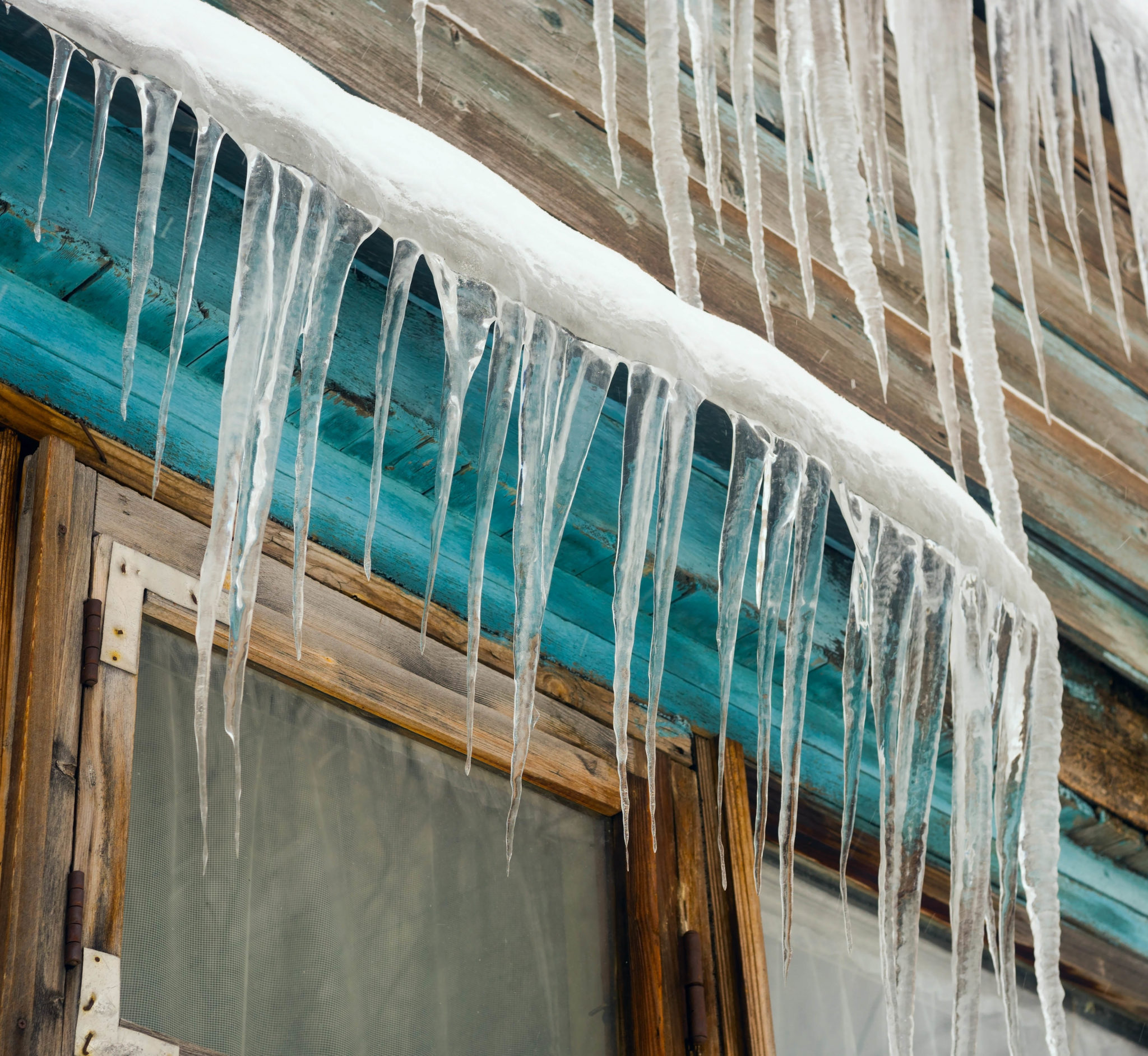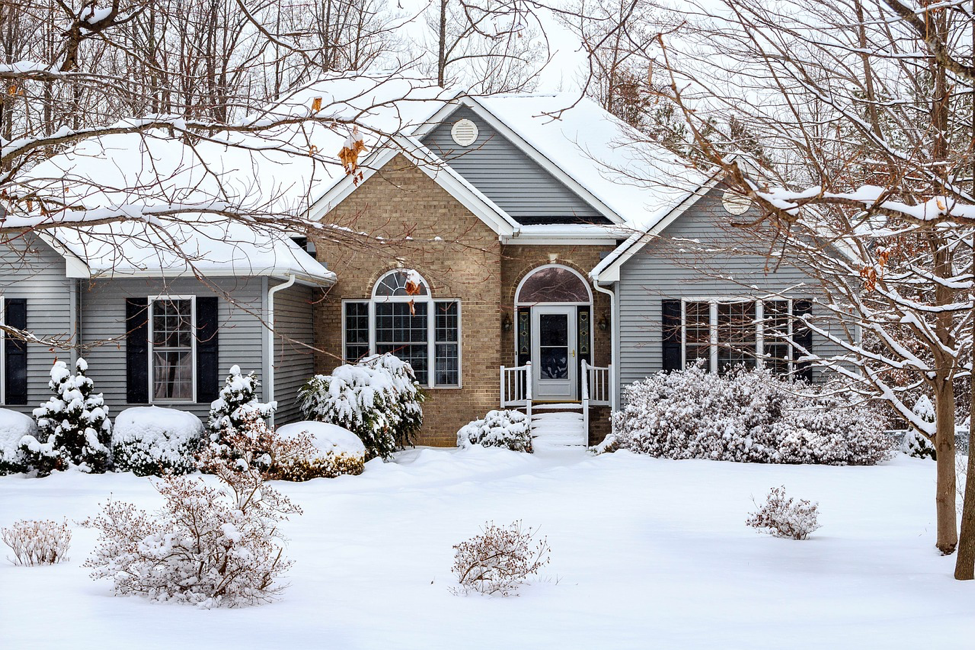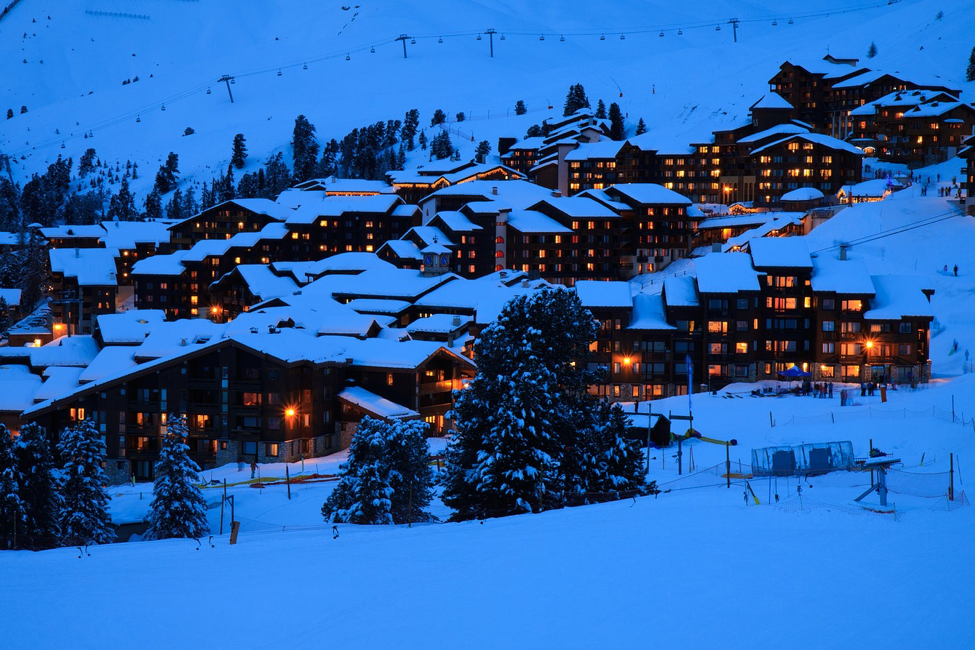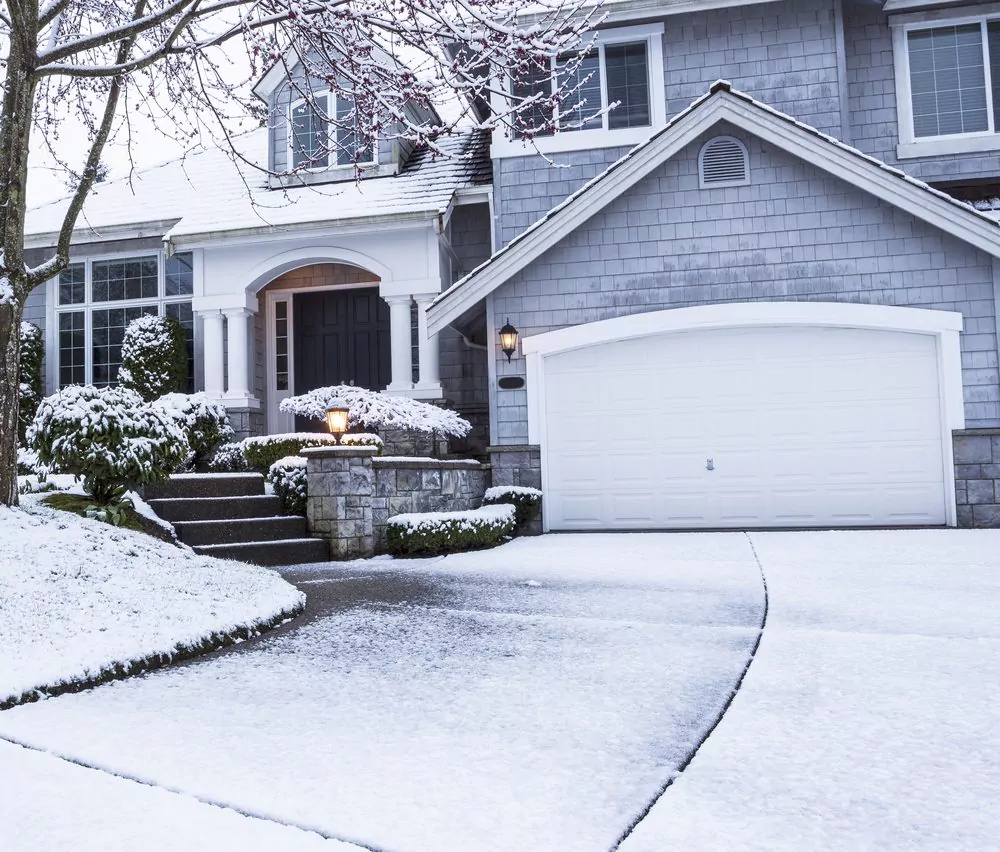10,000 people turn 65 in the U.S. every single day. The average American retirement age is 63, and the life expectancy for retirees is about 85. That means Americans should plan to spend 22 years in retirement. The AARP suggests a retirement income nest egg of at least $1 million, but the Buying power of $1 million varies wildly depending on where you live. So if you’re asking “how long will my money last in retirement,” the answer depends on your state.
In order to determine how long $1 million will last the average retiree in each state, we found the average total expenditures for people 65 and older, which includes groceries, housing, utilities, transportation and healthcare. Then, we multiplied that by the cost of living index in each state to find the average expenditure cost for each state.
50. Hawaii
$1 million will last: 11 years, 11 months
If you retire with $1 million in Hawaii, you have just shy of a dozen years to ride out your savings. At $5,626 a year, the cost of groceries is by far the highest in the nation, and housing is no picnic, either. At $46,478 a year, housing costs in Hawaii blow away the next-most-expensive state by nearly $16,000 a year. In all, annual expenditures are nearly $23,000 more in Hawaii than the next-priciest state.
49. California
$1 million will last: 16 years, 5 months
Only one state other than Hawaii requires annual expenditures of more than $60,000 — and that state is California, where retirees spend $60,877 a year to get by. Hawaii is also the only state to trump California in the category of housing costs. Although it’s nearly $16,000 more forgiving than Hawaii, housing in California is a brutal $30,514 a year. It costs a lot to live and retire comfortably in the Golden State. Do I have enough to retire? If you have $1 million and you’re asking this question in California, the answer is no.
48. Alaska
$1 million will last: 17 years, 0 months
America’s other noncontiguous state joins Hawaii near the bottom of the retirement-dollar-stretching pack. It costs $58,733 to get through a year in Alaska, thanks in large part to a painfully high $4,651 annual grocery bill, which is second in the nation behind Hawaii. Housing is actually a relatively forgiving $21,585 a year, but even so, you can expect your luck — and your $1 million — to run out in exactly 17 years. That means the amount of money needed to retire in Alaska is more than $1 million.
47. New York
$1 million will last: 17 years, 1 month
How long will my money last? That’s the question every retiree wants to know. In New York, the answer is not long enough. $1 million will take you slightly further in the Empire State than in the frozen wilderness of Alaska — one month further, to be exact. Utilities are relatively benign, but both groceries and transportation claim the title of ninth-highest in the nation. The real trouble, however, is housing. At $29,055, housing in New York costs more than it does in all but just two other states.
46. Massachusetts
$1 million will last: 17 years, 4 months
The big financial killer in pricey Massachusetts is healthcare, which costs an individual $6,844 a year in the state. That’s more than all but two states in the entire country. At $4,628 a year, utilities are a major burden as well. In fact, just three states pay higher utility bills. In all, Massachusetts residents need about $57,795 a year to support the cost of living in the state. Like every other state on this list so far, $1 million is not enough to support a retirement in Massachusetts.
45. Connecticut
$1 million will last: 17 years, 4 months
You can expect $1 million to last exactly as long in Connecticut as it does in Massachusetts, which is not long enough. Also, like their neighbors to the north, people who retire in Connecticut will be required to kick a large chunk of their annual spending to healthcare. At $6,619 a year, Connecticut has the fifth-highest healthcare costs in the nation.
44. Maryland
$1 million will last: 17 years, 4 months
Retirees can also stretch $1 million for only 17 years and four months in the Mid-Atlantic state of Maryland. At $28,899 a year, Maryland is Home to the country’s fourth-highest housing costs. A retiree can also expect to spend about $7,394 a year on transportation. In all, the cost of living is $57,661 per year.
43. Oregon
$1 million will last: 17 years, 7 months
With an annual average of $27,316, just four states demand more from their retirees in terms of housing costs than Oregon. At $3,938 a year, grocery bills are also high compared to the national average. Residents get a break, however, in the category of utilities. The annual cost is just $2,903, which is the second-lowest in the country. In the end, $1 million won’t cut it if you want to retire in Oregon.
If you’re staying in Oregon but still want to cut costs, consider moving to the Hermiston-Pendleton area in Eastern Oregon. It’s the best place to live in Oregon on a fixed income.
42. Rhode Island
$1 million will last: 18 years, 2 months
Rhode Island is the first state where $1 million will see you through an average length retirement. Healthcare, transportation and groceries all cost more in Rhode Island than they do in most of the country, but not by much. The big bank breakers are housing, which costs $21,942 per year, and utilities, which costs retirees in the state $4,621 per year. In total, you’ll need about $55,026 a year if you want to retire in the smallest state in the nation.
41. New Jersey
$1 million will last: 18 years, 6 months
Rounding out the top 10 is the Garden State. The most densely packed state in the Union, New Jerseyeans pay more than the national average across all categories, but where they really get crushed is housing, with the eighth-highest average cost. Four walls and a roof cost an average of $23,573. At $4,207 per year, utilities in New Jersey aren’t cheap either.
40. Vermont
$1 million will last: 18 years, 7 months
Healthcare costs in Vermont are only slightly above the national average, but across all other categories, the increases are significant. Planning to retire in Vermont? Housing will cost you $22,377 a year. Utilities will run you $4,392, the sixth-highest in the country. In total, the cost of living in Vermont is about $53,909 per year.
39. New Hampshire
$1 million will last: 19 years
In Vermont’s neighboring New England state of New Hampshire, you can squeeze a full 19 years out of $1 million. At $4,128 a year, the cost of groceries is well above the national average. At $4,824, the annual bill for utilities is even higher compared to the rest of the nation. In fact, New Hampshire residents can expect to pay higher-than-average costs across all categories.
38. Maine
$1 million will last: 19 years, 6 months
At $3,347 a year, retirees in Maine pay grocery bills that are a little bit below the national average — but every other category is higher. The worst of the bunch is the cost of housing, which comes in at $19,877 per year. At $4,251, the annual cost of utilities is high as well. In total, Mainers pay about $51,364 a year to live in the state.
37. Washington
$1 million will last: 21 years, 1 month
On the other side of the continent, the state of Washington offers retirees the opportunity to stretch $1 million more than 21 years. Residents pay $3,334 for utilities, which is fairly well below the national average. All other categories are slightly above, for a grand total of $47,389 per year.
36. Delaware
$1 million will last: 21 years, 10 months
Residents of the First State pay roughly $15,281 for housing, which is slightly less than the national average of $15,529. Transportation costs are the sixth-lowest of all states, and retirees in Delaware also pay less than the average American for healthcare. They pay a little more than average, however, for groceries and utilities. In all, the state drums up annual expenses of about $45,781.
35. Pennsylvania
$1 million will last: 21 years, 11 months
About $45,602 will get you through a year of retirement in the state of Pennsylvania. At $5,152, healthcare costs are lower than all but three states. Everything else is a little more expensive than in the country as a whole, with the utilities ranking the 11th-highest out of all states, costing $4,019 a year.
34. Virginia
$1 million will last: 22 years
With annual expenses of $45,423, people who retire in Virginia can make $1 million last for 22 years. Compared to other states, Virginia ranks best in transportation, where retirees spend the eighth-lowest amount. The state ranked about average in utilities and healthcare. The category that’s more expensive than average is housing, which costs $17,191 a year.
33. Colorado
$1 million will last: 22 years
At $6,107, the cost of healthcare in Colorado is higher than it is in the country as a whole. At $17,517, housing costs are also higher than average. Everything else, however, is cheaper than average, especially utilities, which cost $3,059 a year. In all, people who retire in Colorado will spend around $45,379 per year.
32. Nevada
$1 million will last: 22 years
You’ll take $1 million about as far in Nevada as you would if you retired in Virginia or Colorado. With an annual cost of $3,109, Nevadans get off relatively easy when it comes to utilities. Housing, however, comes in at $16,601, which is slightly higher than average. Both transportation and healthcare costs are also more than average by a fairly steep margin.
31. South Carolina
$1 million will last: 22 years, 3 months
Rounding out the bottom 20 is South Carolina, which requires about $44,887 in total annual expenses. The cost of groceries and healthcare are a little more expensive than the national average, but not by much. Costing $4,095 a year, South Carolina performs worst in the utilities category, while the costs of transportation and housing are below average.
Most Americans expect to rely primarily on their 401k accounts to pay for retirement, a GOBankingRates survey found. There are secret moves you can make to double your 401k.
30. Florida
$1 million will last: 22 years, 4 months
Grocery costs are relatively high in Florida, with the average annual bill coming in at $3,602. The $15,172 annual cost of housing is slightly above average, as are transportation and utility costs. But Floridian retirees will see some savings in healthcare costs, which are slightly cheaper than average. In all, the annual cost of living in the Sunshine State is $44,843.
29. South Dakota
$1 million will last: 22 years, 4 months
At $44,753, the cost of living per year in South Dakota stands just above the national average of $44,664. Housing is comparatively expensive, with an average cost of $17,563. The category where South Dakota residents do the best is transportation, which at an annual cost of $6,157 is the fifth-lowest of all states.
28. Minnesota
$1 million will last: 22 years, 6 months
In Minnesota, groceries, transportation and especially healthcare costs are higher than the national average. Healthcare alone costs $6,447 a year. The silver linings are utilities and housing, which are cheaper than the national average. When you retire in Minnesota, expect to spend $44,530 a year, which is just under the national average.
27. North Dakota
$22 million will last: 22 years, 7 months
In North Dakota, $1 million goes just slightly further than it does in Minnesota, its neighbor to the east. Utilities are cheap in North Dakota, with an average annual bill of $3,196, ninth-lowest of all states. At $14,628, housing costs are below-average. Groceries are slightly above average. Across all categories, healthcare costs are highest, with an annual bill of $6,452 and a ranking of No. 7 in the nation.
26. Montana
$1 million will last: 22 years, 10 months
To the west of North Dakota is Montana, which requires about $43,771 to cover annual expenses. Groceries and healthcare costs are just about even with the national average in Montana. Utilities, however, are cheapest in the nation. The average annual bill is $2,877.
25. Illinois
$1 million will last: 23 years, 1 month
The first state on the front end of the list is Illinois, which requires retirees to pay about $43,369 per year to cover the cost of living. Transportation and utilities are more expensive than the national average. Healthcare, housing and groceries are all lower than average, although not by much.
24. Arizona
$1 million will last: 23 years, 2 months
Arizona has just one category that’s more expensive than the national average, and that’s groceries, which cost residents about $3,439 a year. Housing costs come in at a respectable $14,613, and utilities, healthcare and transportation costs also come in just under the national average.
23. Wisconsin
$1 million will last: 23 years, 3 months
In Wisconsin, living expenses will run retirees $43,056 a year. At $6,441, the cost of healthcare is higher than it is in most of the country, and utilities and transportation costs are also higher than the national average. Retirees in Wisconsin, however, catch a break on housing, which costs $13,650 a year.
22. New Mexico
$1 million will last: 23 years, 3 months
$1 million will take retirees in New Mexico almost exactly as far as it would in Wisconsin. At $3,073 a year, annual utility bills are cheap in the state, and both housing and groceries are less expensive than the national average, as well. Residents of the state, however, can expect to pay a little more for healthcare and transportation.
If you want to keep working in retirement, there are lots of senior-friendly jobs that are perfect.
21. West Virginia
$1 million will last: 23 years, 6 months
If you plan to retire in West Virginia, you can expect to spend $3,602 on groceries a year, or a little more than the average American pays. At $5,296 a year, healthcare costs are a little lower than average. Utilities are also cheaper, with an average cost of $3,178. In total, the cost of living is roughly $42,565 per year.
20. Wyoming
$1 million will last: 23 years, 8 months
The first state in the top 20 is Wyoming, where it costs about $42,297 to live for a year. Groceries and utilities are a little expensive in Wyoming compared to the national average. Every other category, however, is cheaper. The category with the most savings is housing, where costs are just $12,920.
19. Kentucky
$1 million will last: 23 years, 8 months
Kentucky is the heart of Appalachia — and a state where $1 million goes a fairly long way. Annual housing costs are a relatively cheap $13,122 a year. With an annual bill of $3,076, groceries are also pretty cheap, as is the annual cost of healthcare, which is around $5,272. In total, you can expect to spend about $42,252 per year.
18. North Carolina
$1 million will last: 23 years, 8 months
The cost of living is cheaper than average across all categories in North Carolina — except for healthcare, which costs $6,147 a year. The least-expensive category compared to the national average is the most significant — housing, which costs around $13,246 a year. In total, retirees in North Carolina can expect to spend about $42,207.
17. Utah
$1 million will last: 23 years, 10 months
At just $2,946, utility rates in Utah are third-lowest in the country. At $14,240 a year, housing is relatively inexpensive, too. In fact, the only category that is pricier than the national average is groceries, but not by much. When all is said and done, retirees will spend around $41,984 per year.
16. Nebraska
$1 million will last: 23 years, 10 months
The annual cost of transportation in Nebraska is $7,051, which is the only category that is more expensive than the national average. Housing costs just $13,743, and at $3,204, the cost of annual utilities are also relatively inexpensive. When everything is calculated, retirees can expect to spend about $41,939 in the state of Nebraska.
Maybe $1 million is enough for you for retirement. Learn how to determine how much money you need to retire.
15. Louisiana
$1 million will last: 23 years, 10 months
Retirees in Louisiana pay less in every category than the average American, but not dramatically in most cases. Groceries and transportation both hover just under the national average, but the real reason Louisiana is in the top 15 is housing, which costs about $13,666 per year. When everything is included, you can expect to spend about $41,895 a year.
14. Ohio
$1 million will last: 24 years, 2 months
At just $11,429 a year, Ohio boasts the second-lowest annual housing costs in the entire country. Every other category hovers near the national average — at $6,880, the cost of transportation is actually a bit higher. Cheap housing, however, launches Ohio into the top 15, with total annual living expenses of $41,404.
13. Iowa
$1 million will last: 24 years, 3 months
Several factors contribute to Iowa’s relatively cheap $41,225 annual cost of living. First and foremost, housing is fairly inexpensive, coming in at just $12,967 a year. The $3,191 annual grocery bill is also cheap compared to the national average. Healthcare and transportation costs are about even.
12. Kansas
$1 million will last: 24 years, 7 months
Retirees can get by in Kansas on about $40,689 a year. All categories are cheaper than the national average, but residents don’t enjoy anything spectacular — except, that is, for housing. The annual cost of housing in Kansas is $12,191, the ninth-lowest cost in the nation.
11. Idaho
$1 million will last: 24 years, 8 months
At $7,161, the annual cost of transportation is slightly more expensive than the national average — but everything else is cheaper. This is especially true for housing, which costs $12,439 a year. This, along with a fairly low $2,913 grocery bill, makes Idaho an attractive place to retire, with a $40,555 annual cost of living.
10. Alabama
$1 million will last: 24 years, 9 months
In Alabama, utility costs are fairly high — $3,968, to be exact, higher than the national average. The state makes up for that and squeezes into the top 10, however, in other areas. At $5,019, healthcare costs are relatively low — but the real bonus comes from housing. The cost of housing in Alabama is just $11,460. Only two states can claim an average that’s more affordable. Mobile, Ala., is one of the best places to live on only a social security check.
9. Indiana
$1 million will last: 24 years, 9 months
If you retire in Indiana, you can enjoy costs across all categories that are lower than the national average. Groceries cost $3,235 annually. Transportation costs will run you $6,380. At $5,324 a year, healthcare is relatively cheap. The real savings, however, come from housing costs, which average just $12,082 a year.
8. Texas
$1 million will last: 24 years, 9 months
Both groceries and housing are fairly cheap in the Lonestar State, coming in at $3,035 and $12,889, respectively. Both utilities and healthcare costs are also lower than the national average, but just barely. Transportation costs come in at $6,374, for a total yearly cost of living of $40,376.
7. Missouri
$1 million will last: 24 years, 10 months
While everything but utilities is cheaper in Missouri compared to the national average, the state earns its place near the top of the list through housing. Housing costs in Missouri are just $11,476. That’s the fourth-cheapest in the country, and it makes Missouri one of just six states to break the $12,000 mark.
6. Georgia
$1 million will last: 24 years, 11 months
Georgia is also a member of the sub-$12,000 club with housing costs that average just $11,600. Every other category is also cheaper than the national average, as well, but not by nearly as much. If you retire in Georgia, you can get away with spending just $40,198 a year.
5. Tennessee
$1 million will last: 25 years
Not only does Tennessee have the distinction of being the first state in the top five, but it’s also the first state that allows retirees to squeeze a full quarter century out of $1 million. Tennessee residents largely have housing to thank for that. The cost of housing in the state is just $12,221 per year.
4. Michigan
$1 million will last: 25 years
Michiganders can also make $1 million last for 25 years. Healthcare costs just $5,416 a year in Michigan, and at $3,323, utilities are fairly cheap, too. The biggest advantage for retirees, however, is the fact that annual housing costs average just $12,330. In total, the estimated cost of living is $39,974.
3. Oklahoma
$1 million will last: 25 years, 2 months
One of just four states with an annual cost of living under $40,000, Oklahoma has a lot to offer retirees. Groceries cost just $3,201, and transportation costs come in at $6,113. The real steal, however, is that the cost of housing is $11,616, which is the sixth-cheapest in the nation. Even if you only have $100,000 saved, your nest egg will stretch far in Oklahoma.
2. Arkansas
$1 million will last: 25 years, 6 months
At $39,260, the cost of living in Arkansas is cheaper than it is in all but one other state. Housing costs just $12,004 a year, and groceries cost a low $3,100 — the fourth-lowest cost in the country. Everything else is comparatively cheap in Arkansas, too. Healthcare costs are second-lowest in the country at $5,025, and you can expect to spend just $5,997 in transportation costs, the lowest amount in the nation.
1. Mississippi
$1 million will last: 26 years, 4 months
Mississippi is the only state in the country where $1 million lasts more than 26 years. Not only is Mississippi the cheapest state in the nation, but at $11,134, it also has the lowest housing costs of any state. In total, you’ll spend just $37,964 to get through a whole year in Mississippi, where retirees can stretch their money farther than anywhere else.
Tom Stachler is a Michigan licensed real estate Broker and Builder working in the Ann Arbor, Saline and Dexter Real Estate markets. Please refer to the helpful Links above for more information about Buying or selling real estate, homes and condos when searching for one of the area's best real estate brokers.




















